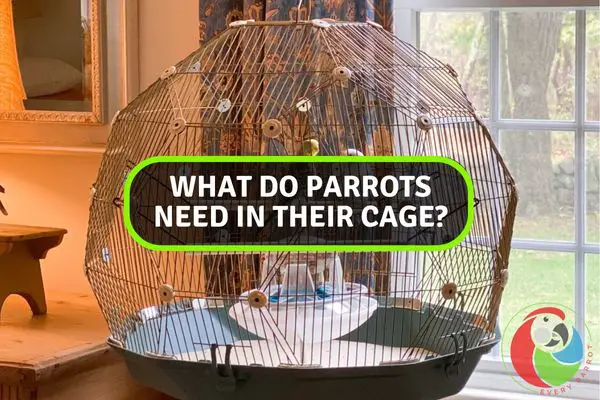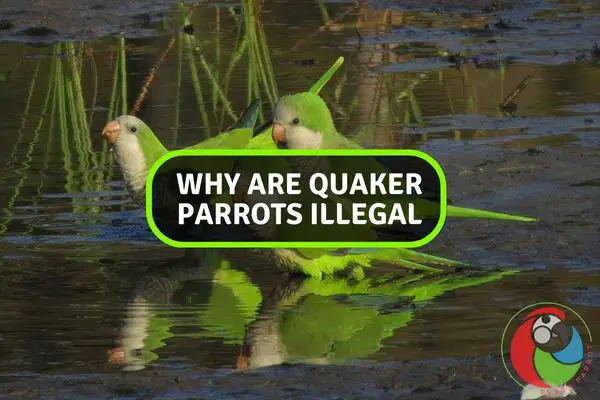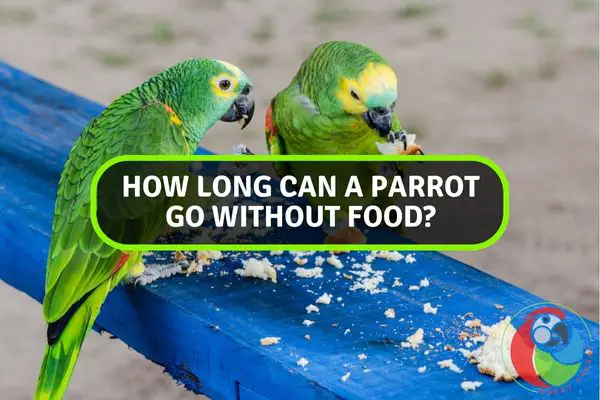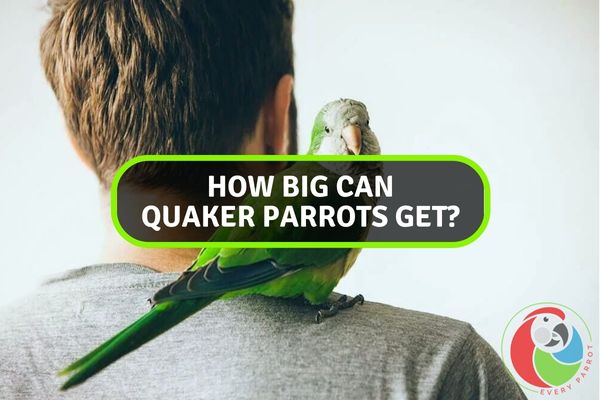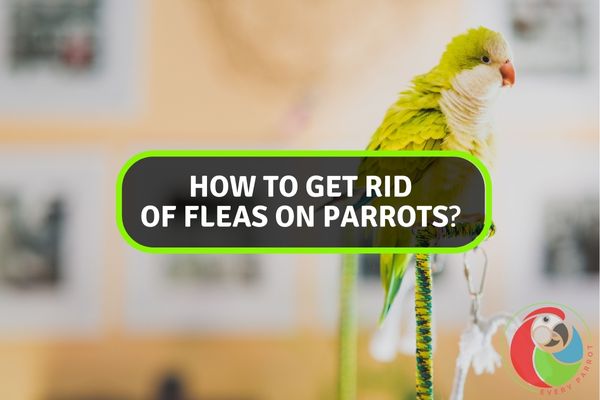What Kind of Cookware Is Safe for Parrots?
Embarking on a culinary journey with our feathered friends requires careful consideration of cookware to ensure their safety and well-being. In the vibrant world of American avian enthusiasts, the question arises: What kind of cookware is safe for parrots?
Beyond the allure of nonstick pans and trendy kitchen gadgets, responsible parrot caregivers prioritize the health of their avian companions. This guide explores the nuances of bird-friendly cookware, steering clear of potential hazards. From stainless steel to ceramic options, we’ll navigate the landscape of kitchen essentials, aiming to strike the perfect balance between culinary creativity and avian safety.
Let’s delve into the realm where the joy of cooking converges with the welfare of our cherished feathered friends.
Understanding Parrot Sensitivity
Parrots have very different respiratory and digestive systems compared to humans and other pets. Their uniquely structured lungs contain air capillaries, which allow more efficient gas exchange. And this also makes them far more susceptible to inhaling and absorbing toxins. Certain fumes, particles, and compounds that would have little effect on humans can be extremely dangerous for parrots if inhaled.
Parrots also have a very sensitive gastrointestinal tract without the robust acid production found in mammalian stomachs. This allows toxins to pass through more easily to be absorbed by the bloodstream.
Even small amounts of certain materials can accumulate over time and lead to poisoning. This combination of sensitive respiratory and digestive systems means parrots can fall ill from exposure to fumes, particles, or leached chemicals that would likely go unnoticed by their owners.
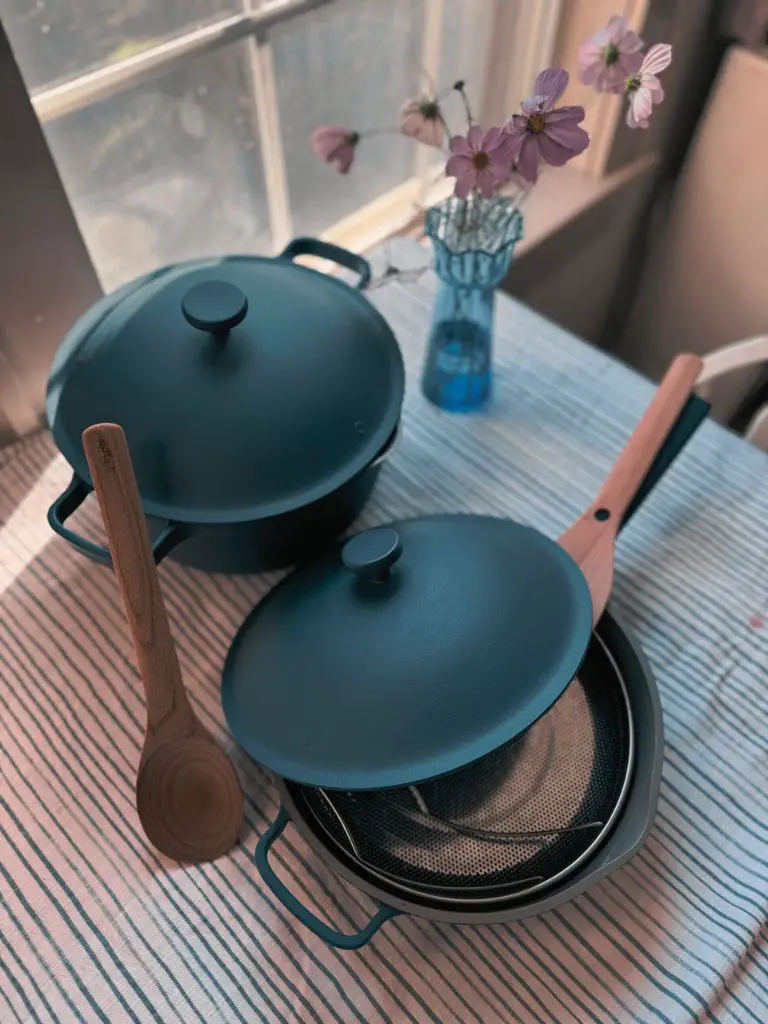
Unsafe Cookware Materials
One of the most infamous hazards for pet birds is the toxic fumes released when overheating non-stick cookware coated in Teflon or other related chemicals. At high temperatures, these coatings begin decomposing, releasing a group of compounds called perfluorinated alkyl substances (PFAS).
When inhaled by birds, PFAS compounds can lead to a fatal condition called “Teflon poisoning” that causes severe respiratory inflammation and damage.
Any overheating of non-stick pans, especially above 500°F, poses a serious risk to indoor birds. But even with normal usage, tiny PFAS particles can chip off and be ingested during food preparation. These chemicals persist and accumulate inside the body over time.
Although Teflon is the most well-known brand, other non-stick coatings like Silglas ceramic also give off toxic PFAS fumes when overheated. Ultimately, avoiding any kind of non-stick cookware is the safest option for bird owners.
Recommended Safe Cookware Materials
When selecting cookware for parrot-safe food prep, the best choices are stainless steel and cast iron. Stainless steel will not react with or leach chemicals into foods being cooked. Professional grade 316 stainless steel is ideal, providing maximum corrosion resistance.
The smooth, non-porous surface makes stainless steel pans easy to clean and sanitize as well. Stainless steel conducts heat evenly, creating a stable cooking surface for preparing chopped veggies, cooked grains and beans, and other healthful foods for parrots.
Cast iron cookware is also an excellent non-toxic choice when properly maintained. The protective seasoning layer created by oils baked onto the cast iron prevents iron leaching and creates a smooth cooking surface. To keep cast iron safe for parrots, re-seasoning should be done in a well-ventilated area since fumes are released as the oil polymerizes onto the pan.
Proper cleaning without harsh detergents will prevent the seasoning from breaking down over time. Avoid cooking acidic foods in cast iron, which can degrade the protective layer. With care and maintenance, cast iron makes a safe, natural option for parrot owners.
Other Safe Options
In addition to stainless steel and cast iron, ceramic and glass cookware can also be good choices for parrot owners if selected carefully. Lead-free ceramic coated with a PTFE-free glaze is inert and non-toxic for birds. The slick surface allows for easy cooking and cleaning.
Just be sure to avoid ceramic with decorative color glazes which may contain lead or other heavy metals. Plain undecorated ceramic in bright white is the safest bet.
Glass cookware is also lead-free and non-reactive. Tempered soda-lime glass can withstand high stovetop temperatures. An advantage of glass is being able to monitor food closely while cooking without potential leaching from metal pans. However, it chips and breaks more easily.
Owners must inspect for cracks or rough edges regularly which could harm a parrot’s tender mouth. While glass requires careful handling, it can be a good occasional option for parrot food prep.
Tips for Parrot Owners
To keep our parrots safe when cooking, there are a few habits all owners should follow. Routinely inspect cookware for damage or wear, especially in high friction areas. Replace any pans with degraded non-stick coatings peeling or chipping. Avoid using metal utensils that can further scratch surfaces.
For bird owners, it’s also wise to avoid kitchen appliances coated in non-stick finishes. Electric kettles, slow cookers, and other appliances can all release toxic fumes when overheated, posing a hidden risk. Opt. for stainless steel or ceramic versions of appliances whenever possible.
Last of all, educate everyone in the household about safe cookware practices for parrots. With vigilance from the whole family, we can make the kitchen a non-toxic zone for our feathered friends.
Safe Cookware For Parrots!
Conclusion
Selecting cookware for parrots necessitates a keen awareness of their safety. Opting for non-toxic materials such as stainless steel or ceramic is paramount. Avoiding Teflon-coated pans is imperative, as the fumes released during overheating can pose severe health risks to our feathered friends.
Prioritizing their well-being by choosing safe, durable cookware ensures a harmonious coexistence between culinary pursuits and avian companionship, creating a healthier environment for both the household and our cherished parrots.



